Latest
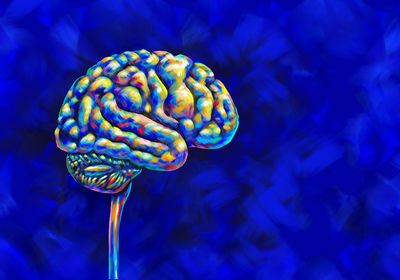
Trippy Science Unravels the Mystery of Psychedelics’ Antianxiety Effects
Iris Kulbatski, PhD | Dec 12, 2024 | 4 min read
Researchers mimic the antianxiety effects of psychedelics by identifying and activating specific brain regions in an important step towards developing therapeutics that do not cause hallucinations.
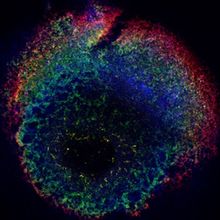
Scientists Get to the Heart of Blood Formation
Iris Kulbatski, PhD | Dec 11, 2024 | 4 min read
Researchers tweak heart-forming organoids to produce blood cells, in a process that mimics embryonic development.
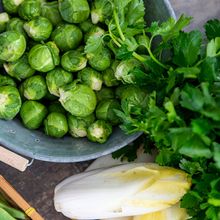
Greens and Genes: The Bitter Truth Behind Your Veggie Preferences
Laura Tran, PhD | Dec 10, 2024 | 5 min read
From Brussels sprouts to chicory, some veggies pack a bitter punch, but genetics and individual differences create a unique flavor experience for everyone.
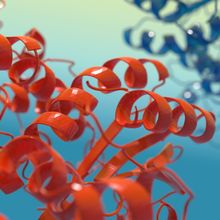
The Power of Proteomics
SomaLogic | Dec 9, 2024 | 1 min read
Proteomic analysis provides scientists with a deeper understanding of the molecular events that influence health and disease.

What Does a Career in Science Policy Entail?
Shelby Bradford, PhD | Dec 9, 2024 | 5 min read
Science policy helps shape research and funding; science policy analysts evaluate these policies to ensure they support scientific progress and innovation.
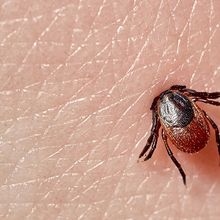
What Makes a Tick Stick?
Sahana Sitaraman, PhD | Dec 6, 2024 | 5 min read
Ticks form a stable structure around their mouth to stick to their hosts for days. Phase transitions of proteins in the tick saliva drive this adhesion.
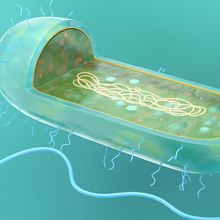
A Hunt for Clues to the Origins of the Eukaryotic Immune System
Shelby Bradford, PhD | Dec 6, 2024 | 4 min read
Homologous defense proteins in archaea and eukaryotes point to these early prokaryotes' role in the immune system of modern complex organisms.

Tackling Mangrove Protection Challenges in Thailand
The Scientist and MGI Tech | Dec 5, 2024 | 9 min read
High-throughput sequencing technology supports mangrove protection efforts.
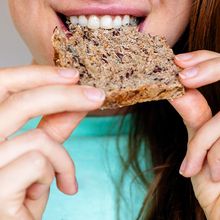
How did Humans Adapt to Digest Starchy Foods?
Hannah Thomasy, PhD | Dec 5, 2024 | 4 min read
Researchers uncover the surprisingly complex evolutionary history of the salivary protein amylase.
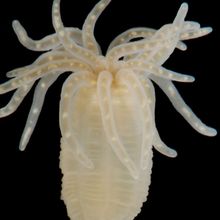
Elusive Stem Cell Population Finally Identified in Sea Anemones
Claudia Lopez-Lloreda, PhD | Dec 5, 2024 | 4 min read
The presence of a previously unidentified population of stem cells in sea anemones suggests that these cells may have been present in a common cnidarian ancestor.
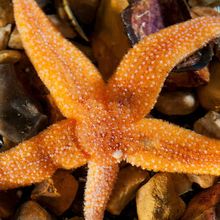
Researchers Discover How Starfish Cut Ties with Their Limbs
Sneha Khedkar | Dec 4, 2024 | 4 min read
A neuropeptide helps starfish shed their arms to escape predators, providing clues about the mechanisms regulating self-amputation.

Bone-Building Hormone Identified in Lactating Mice
Claudia Lopez-Lloreda, PhD | Dec 3, 2024 | 4 min read
A brain-derived hormone that improves bone health could guide new treatments for age-related bone conditions.
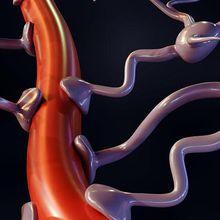
Modeling the Blood-Brain Barrier in a Dish
Sneha Khedkar | Dec 3, 2024 | 4 min read
Human brain and blood vessel organoids merged to form blood-brain barrier assembloids could provide clues into neurological diseases.
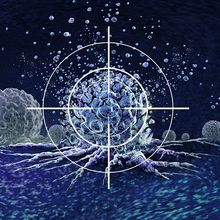
Molecular-Level Dissection of the Tumor Microenvironment
10x Genomics | Dec 2, 2024 | 1 min read
An immuno-oncology targeting panel accurately characterized tumor-resident immune cells and located pathologically and clinically relevant tumor microenvironment features.
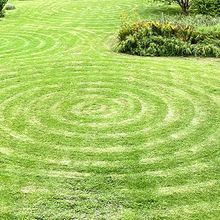
Bacteria’s Stress Strategy: Slow Down to Avoid the Crowd
Laura Tran, PhD | Dec 2, 2024 | 4 min read
Computer simulations highlight how bacteria slow their growth to avoid overcrowding, a behavior that may inform pathogen control.